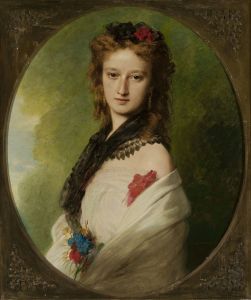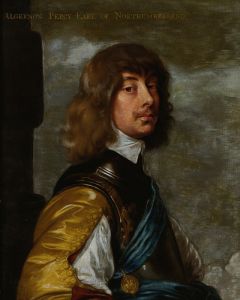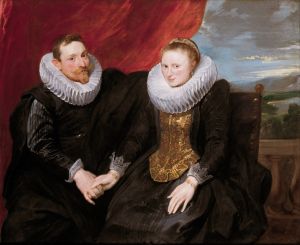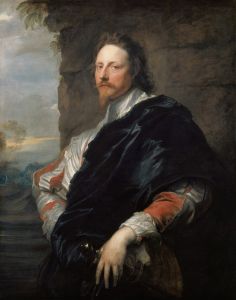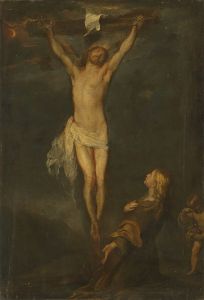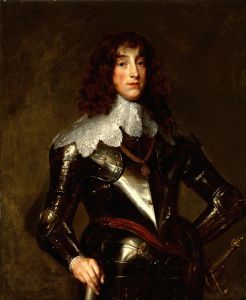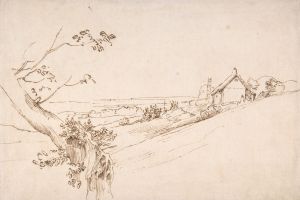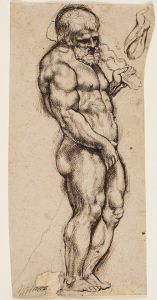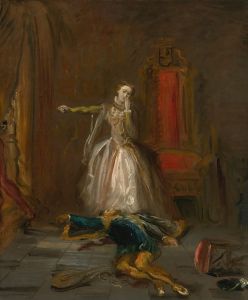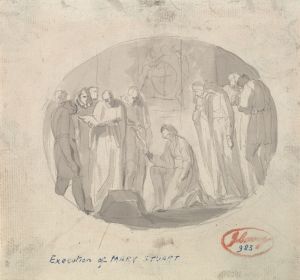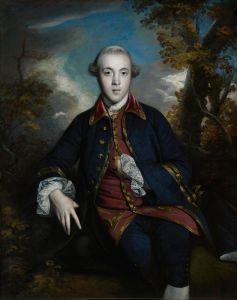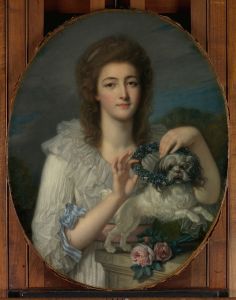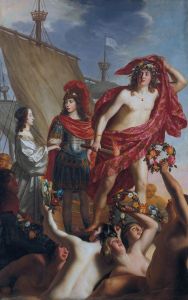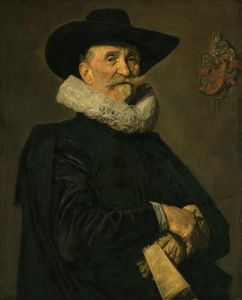
William II, Prince of Orange, and his Bride, Mary Stuart
A hand-painted replica of Anthony van Dyck’s masterpiece William II, Prince of Orange, and his Bride, Mary Stuart, meticulously crafted by professional artists to capture the true essence of the original. Each piece is created with museum-quality canvas and rare mineral pigments, carefully painted by experienced artists with delicate brushstrokes and rich, layered colors to perfectly recreate the texture of the original artwork. Unlike machine-printed reproductions, this hand-painted version brings the painting to life, infused with the artist’s emotions and skill in every stroke. Whether for personal collection or home decoration, it instantly elevates the artistic atmosphere of any space.
"William II, Prince of Orange, and his Bride, Mary Stuart" is a notable painting by the renowned Flemish Baroque artist Anthony van Dyck. This artwork captures the young couple, William II of Orange and Mary Stuart, in a double portrait that exemplifies van Dyck's skill in portraiture and his ability to convey the status and character of his subjects.
Anthony van Dyck, born in 1599 in Antwerp, was a prominent painter known for his portraits of European aristocracy. He was a leading court painter in England and had a significant influence on English portraiture. Van Dyck's style is characterized by its elegance, attention to detail, and the graceful depiction of his subjects, often set against a rich and atmospheric background.
The painting depicts William II, Prince of Orange, who was born in 1626 and became the sovereign Prince of Orange in 1647. He was a member of the House of Orange-Nassau, a significant political and military leader in the Dutch Republic. His marriage to Mary Stuart, the daughter of King Charles I of England and Henrietta Maria of France, was a union of political importance, strengthening ties between the Dutch Republic and England.
Mary Stuart, born in 1631, was the eldest daughter of the English king. Her marriage to William II was arranged as part of a political alliance and took place in 1641 when she was just nine years old. Despite the young age at which they were married, the couple's union was significant in the context of European politics, symbolizing the alliance between two powerful Protestant families during a time of religious and political upheaval.
In the painting, van Dyck captures the youthful innocence and regal bearing of the couple. William II is depicted with a sense of poise and confidence, dressed in elaborate attire befitting his status. Mary Stuart is portrayed with a gentle demeanor, her attire reflecting her royal lineage. The composition of the painting, with its rich colors and detailed textures, highlights van Dyck's mastery in capturing the essence of his subjects while also emphasizing their social standing.
The painting is a testament to van Dyck's ability to blend realism with idealism, creating a portrait that is both a likeness of the individuals and a representation of their roles within the broader political landscape of 17th-century Europe. The work is also an example of van Dyck's influence on the development of portrait painting, particularly in how he conveyed the personality and status of his subjects through pose, expression, and setting.
Today, "William II, Prince of Orange, and his Bride, Mary Stuart" is appreciated not only for its artistic merit but also for its historical significance, offering insight into the alliances and relationships that shaped European history during the Baroque period. The painting remains an important piece within the oeuvre of Anthony van Dyck, reflecting his contribution to the art of portraiture and his enduring legacy in the history of art.





